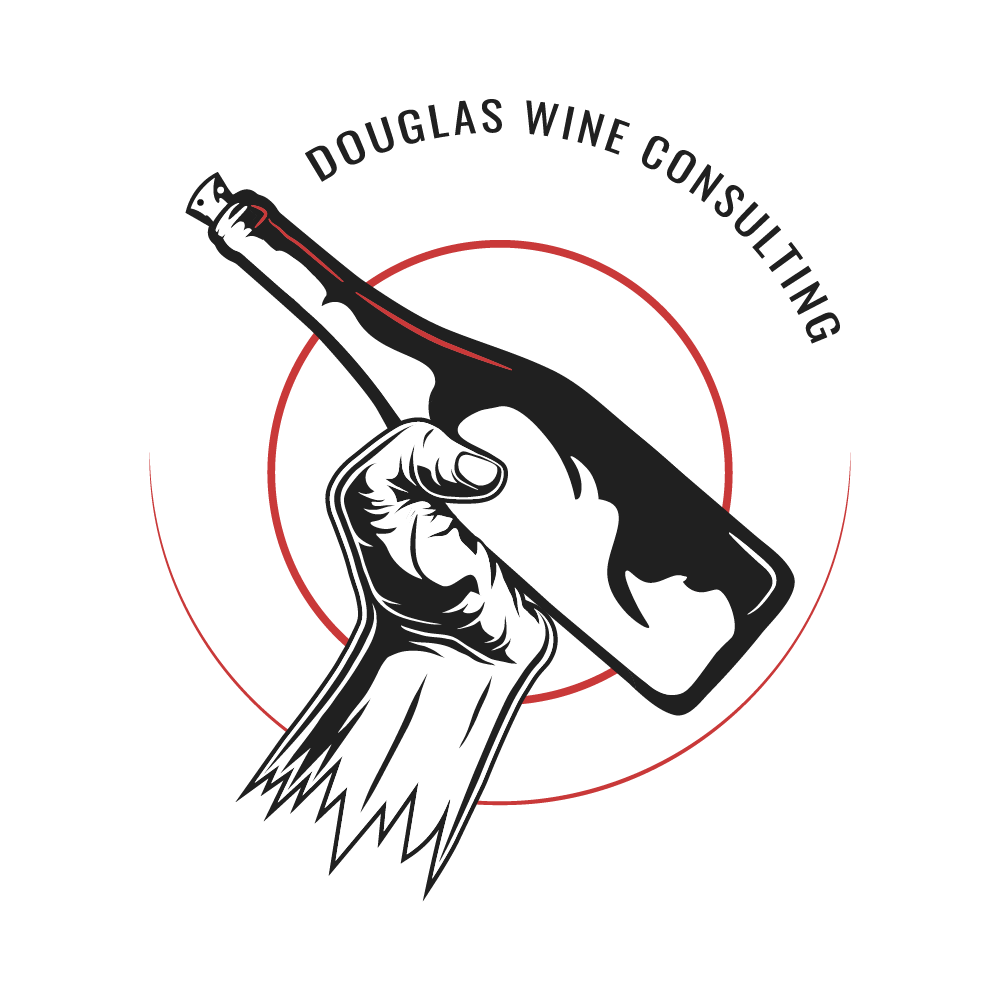In the competitive landscape of the our industry, wine packaging plays a pivotal role in shaping this experience. It’s not just a vessel for storage and transport; it’s a crucial component in consumer decision-making. Packaging serves as a silent salesman: it conveys a story, reflects the brands identity, and significantly influences consumer perception and buying behavior.
Historical Perspective
The journey of wine packaging through the ages highlights evolving consumer tastes and technological advancements. Traditionally, wine was stored in amphorae or wooden barrels, with glass bottles coming into prominence in the 17th century.
The classic Bordeaux bottle, with its distinct high shoulders, and the sloping design of the Burgundy bottle, are more than just containers; they are symbols of heritage and quality. These traditional designs have withstood the test of time, continuing to dominate consumer preferences due to their association with authenticity and prestige. However, the 20th and 21st centuries saw a shift with the introduction of screw caps, synthetic corks, and even box wines, challenging the norms and offering practicality and innovation.
These changes reflect not only technological advancements but also a shift in consumer attitudes towards convenience, cost, and environmental concerns.
Psychological Impact of Wine Packaging
The influence of wine packaging on consumer psychology is profound and multifaceted. Color, for instance, plays a crucial role. Darker bottles are often associated with premium wines, while clear or light-colored glass is typically used for lighter, more refreshing varieties.
The shape of the bottle also sends subtle cues; traditional shapes are often preferred for classic wines, whereas innovative shapes can attract a younger, more adventurous demographic.
Material choice further impacts perception—glass conveys quality and tradition, whereas alternative materials like plastic or cardboard can signify affordability or eco-friendliness. Moreover, tactile elements like embossing or unique textures can enhance the perceived value and quality of the wine. These packaging elements work together to create a sensory experience even before the wine is tasted, influencing consumer expectations and ultimately their purchasing decisions.
The Role of Label Design
Wine label design is a critical aspect of packaging that directly influences consumer perception and choice. It’s the visual identity of the wine, a blend of art and marketing that speaks volumes to the consumer.
The label’s imagery, font, and color scheme can evoke emotions, tell a story, and convey the brand’s personality. For instance, classic labels with elegant fonts and subtle colors often appeal to consumers looking for traditional, high-quality wines. In contrast, modern labels with bold colors and innovative designs can attract a younger, more adventurous demographic seeking novelty and experimentation.
The balance between tradition and innovation in label design is a tightrope walk; it must resonate with the target audience’s preferences while maintaining the essence of the brand. Additionally, the information presented on the label, such as the origin, grape variety, and vintage, plays a crucial role in informing and guiding the consumer’s choice, particularly among more knowledgeable wine enthusiasts.
Packaging Types and Consumer Preferences
The diversity in wine packaging types is a response to the broad spectrum of consumer preferences and market demands.
Traditional glass bottles continue to dominate, favored for their classic appeal and ability to preserve wine quality. However, alternative packaging forms like box wines and canned wines are gaining traction, particularly among younger consumers who prioritize convenience and portability.
BiB wines, once synonymous with lower quality, have seen a surge in popularity as improvements in packaging technology have enhanced their ability to maintain wine integrity.
Cans, on the other hand, cater to the growing trend of casual, on-the-go wine consumption. These variations in packaging also reflect regional preferences and cultural influences. For instance, in some European markets, traditional glass bottles remain the preferred choice, while in more dynamic markets like the United States, there’s a growing openness to alternative packaging options.
Understanding these preferences is crucial for winemakers and marketers to effectively target their audience and adapt their packaging strategies accordingly.
Moving Away from Glass. The Sustainable Shift
Have you ever wondered if there’s a sustainable correlation between the weight of a wine bottle and the perceived
quality of its contents? It’s a commonly held belief in the consumer market that a heavier bottle indicates a superior wine.
Sustainability and Packaging
Sustainability in wine packaging has become an increasingly important consideration for consumers. Environmental awareness and a desire for eco-friendly products are driving changes in packaging choices in the wine industry.
Glass, while traditional and favored for its inert properties, has a high carbon footprint due to its weight and the energy required in production and recycling.
In response, there’s a growing interest in lighter glass bottles, recyclable PET bottles, and biodegradable packaging materials. Sustainable practices also extend to label production, with a shift towards using recycled paper and soy-based inks. Some players are actively promoting the reduction of the carbon emissions of the wine industry. The British non-profit organization Sustainable Wine is advocating lighter glass bottles.
Some wineries are even adopting minimalist packaging designs to reduce material use. Consumer response to these green initiatives has been overwhelmingly positive, especially among environmentally conscious demographics. This shift not only reflects a commitment to environmental stewardship but also resonates with a consumer base that increasingly values sustainability as a key decision-making factor in their wine purchases.
Technology and Innovation in Packaging
As the world turns, even wine packaging is evolving. Emerging technologies like smart labels and augmented reality (AR) are transforming how consumers interact with wine brands.
Smart labels equipped with NFC (Near Field Communication) chips or QR codes offer consumers a gateway to a wealth of information — from the wine’s origin and tasting notes to food pairing suggestions. This technology enhances consumer engagement, offering a more immersive experience that goes beyond the physical label.
Augmented reality takes this a step further by bringing labels to life. Through AR apps, consumers can watch a label’s story unfold in front of their eyes, providing a unique and interactive experience. This blend of technology and storytelling is particularly effective in attracting tech-savvy younger consumers, who value both the product and the experience it offers.
Innovation in wine packaging also extends to functionality. The development of resealable bottles and improved preservation technologies reflects a growing consumer demand for convenience and quality. These innovations cater to a market segment that values flexibility—the ability to enjoy a single glass of wine without compromising the rest of the bottle.
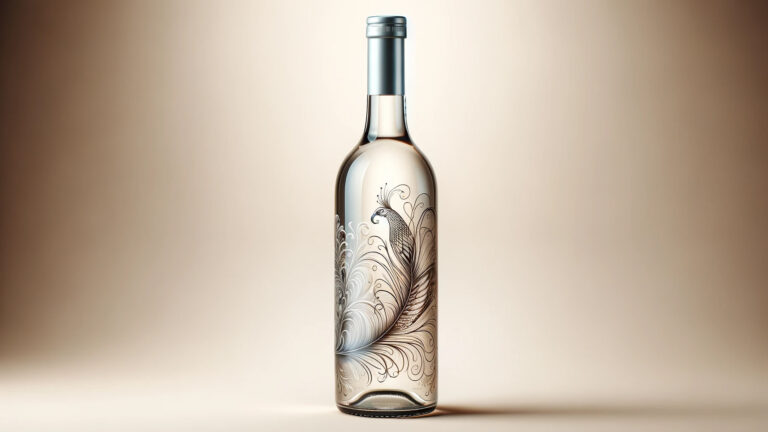
The integration of technology in wine packaging shows the the industry’s adaptability and commitment to enhancing consumer experience.
It adds value to the product and creates new avenues for brand differentiation and consumer engagement.
The world of wine packaging is a complex interplay of tradition, innovation, aesthetics, and functionality. It is clear that consumer perceptions are significantly influenced by various aspects of packaging—from the tactile feel of the bottle to the digital experiences offered by smart labels. As the wine industry continues to evolve, so too will the ways in which wine is presented, sold, and enjoyed.
Sustainability, technology, and consumer preferences drive continuous change in packaging strategies. What remains constant, however, is the importance of packaging in communicating a brand’s identity and values, and in influencing consumer choice.
In the future, we can expect to see further innovations in packaging, driven by sustainability concerns, technological advancements, and shifting consumer preferences.
The challenge for winemakers and marketers will be to balance these dynamic elements while staying true to the heritage and quality that wine enthusiasts cherish.
The bottle, label, and closure—each element of packaging plays a crucial role in shaping consumer perceptions.
Understanding and harnessing these elements is key to success in the increasingly competitive and diverse world of wine.
How are you addressing the consumer needs?
Did you Like the Article?
Did you find this article helpful? Please share it. If you’d like to discuss it further, don’t hesitate to reach out. If you’re in search of an educator for your masterclass or brand presentation, feel free to check in with us, and we can schedule a chat.
Disclaimer
This text was neither commissioned nor compensated. It reflects exclusively my own opinion.
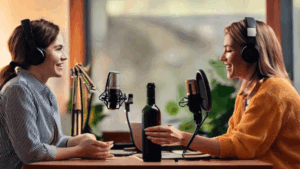
ConVINOsation Podcast Brings EUROVINO Wine Fair to Life
In collaboration with Messe Karlsruhe, we are proud to launch ConVINOsation, a new podcast dedicated to tackling the wine industry’s most pressing topics. Hosted by
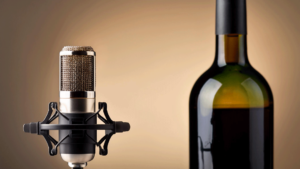
Live on Wein Verkauft!
I recently had the opportunity to join freelance consultant Diego Weber from Germany on his podcast, On German!. Over the course of the two-hour episode,

Live on the Morning Show
In July 2024, I had the exciting opportunity to appear on New York’s WTBQ Frank Truatt’s Morning Show, the #1 drive time morning show, with
Challenging Year for French Wines & Spirits Exports 2023
In the year 2023, the French wine and spirits sector navigated through challenging waters to post exports worth €16.2 billion. Despite representing a 5.9% decline from the previous year, this figure stands as the second-highest in the industry’s export history. The volume of exports also saw a considerable reduction, falling by 10.4%. However, the sector managed to maintain its status as the leading contributor to France’s agri-food surplus and the third largest in the nation’s overall trade balance, with a trade surplus of €14.8 billion, down by 5.8%.
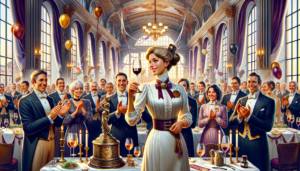
DWI Announces Winner of the Sommelier Cup 2024
The DWI Sommelier-Cup 2024, hosted by the German Wine Institute (DWI), concluded on January 22, 2024, with Katharina Iglesias from wineBank in Hamburg claiming the title. The event, held at the Atrium Hotel in Mainz, witnessed participation from 28 professionals across various sectors of the wine industry. While the competition’s popularity remains undeniable, a critical examination of its structure and outcomes reveals aspects worth contemplating.
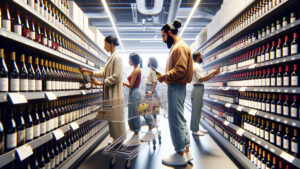
German Wine Consumption Plummets in 2023
The German wine consumption and buying behaviour is changing. (Photo: DallE)
